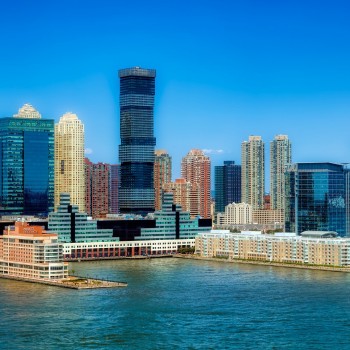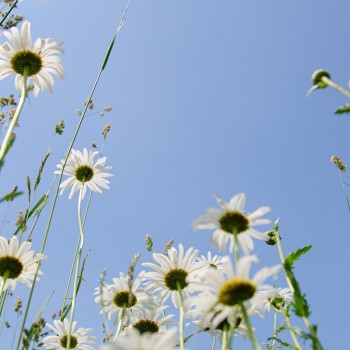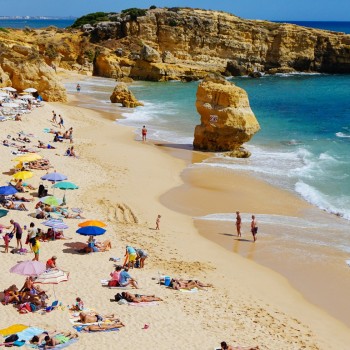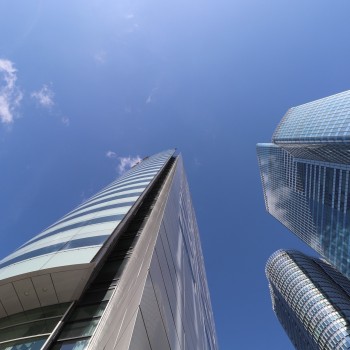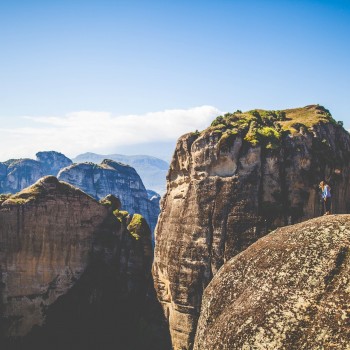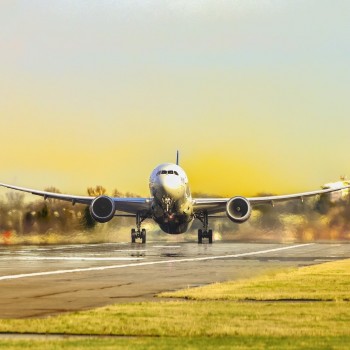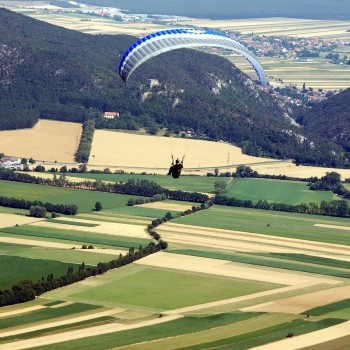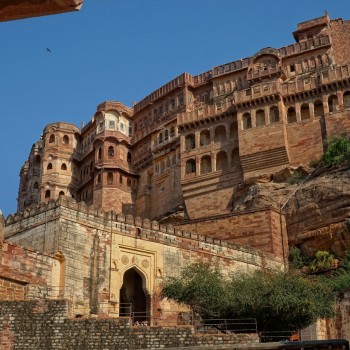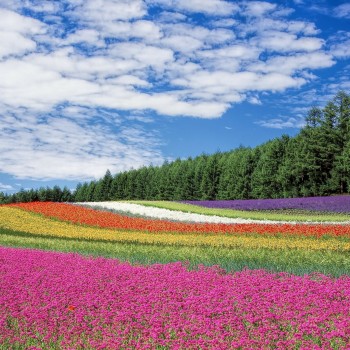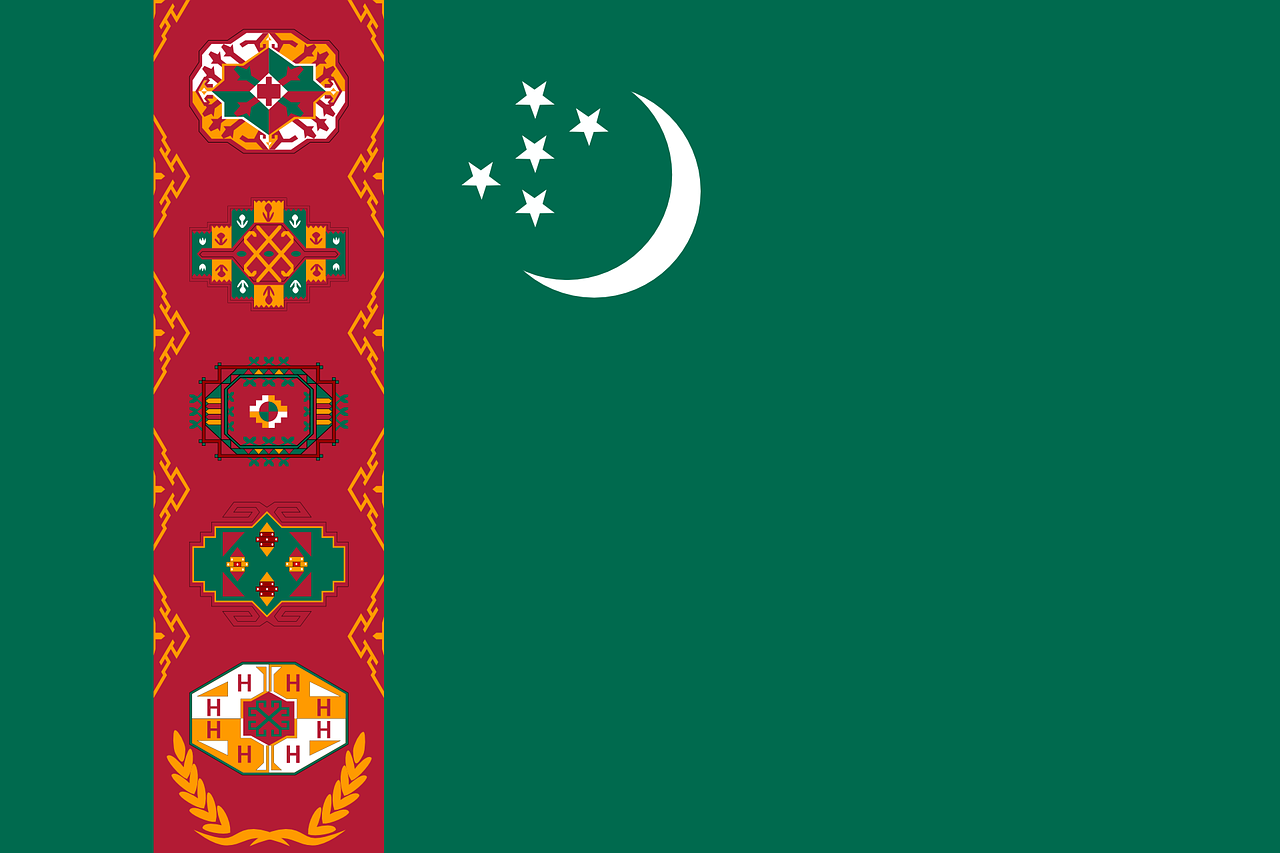Turkmenistan
Turkmenistan
Capital city description
The largest city and the capital of Turkmenistan, Ashgabat, is located 26 km from the Iranian border south of the country. The city's other name, established in abundance on an oasis in the middle of the desert, is "City of Love."
The city has a harbor, an international airport, and an important industrial center. Especially Machinery, Electrotechnical, Textile and Food industries are essential.
Ashgabat city is home to industries of the window glass industry, all kinds of glassware, cotton, silk fabric, agricultural tools, canned food, and culture center, Academy of Sciences, university, medicine, agriculture schools, and film studios. 50% of the city's population consists of Russians, 30% are native Turkmen, and the rest are ethnic communities (Uzbek, Tatar, Ukrainian, etc.).
Climate
The climate in Turkmenistan that primarily consists of plains and deserts is continental and dry. Turkmenistan experiences mild and dry winters which run from December to February. The temperatures range from 8-9˚Celsius. The lowest temperatures ever recorded were -32˚C. During winter, the country receives light frosts at temperatures of -15˚C. In Turkmenistan, it mostly rains in winter, making the northern parts cold and moist. Autumn in Turkmenistan runs from October to November. It is primarily dry, with daily temperatures being 20˚C in October and 14˚C in November.
- Spring: March through mid-May
- Summer: mid-May through September
- Autumn: October through November
- Winter: December through February
Languages spoken
Turkmen is the official language of Turkmenistan under the 1992 Constitution; it is spoken by about 72% of the population or 3 million people in the country. Russian is still widely spoken in cities by 12%, while Uzbek is 9% or 317,000, and other languages, including English, Balochi, and Kurdish, 7%.
Fun/Fascinating Facts
- One of the biggest attractions for travelers in Turkmenistan, the Darvaza gas crater, burns continually in the middle of the desert. Also known as the "gate of hell," the gas crater does lend the feeling of staring into hell, particularly at night when its red flames flare up against the blackness of the desert night.
- Turkmenistan's capital city's unique "Las Vegas meets Pyongyang" look comes from its grand boulevards, fountains, exquisite statues, and glistening white buildings.
- Turkmenistan remains one of the least-visited countries globally due to a complicated visa regimen which makes it challenging to obtain all the appropriate paperwork.
- Turkmen melons are so famous and sweet; they have their national holiday. It's hard to believe that such a dry country can produce sweet, juicy melons and large. Indeed, Turkmen melons are so highly regarded that they've garnered their national holiday.
- Turkmenistan has the 6th largest oil and natural gas reserves in the world.
Unique Customs/Traditions
- Shades of red are ubiquitous in Turkmenistan dress, for red is believed to have the ability to ward off evil. It is customary in Turkmenistan to wear traditional costumes, which for men comprises embroidered shirts, custom shoes, and sheep hats called telpek, and for women, a robe and unique headdress.
- Horses are a significant component of a Turkmen family. Known for their beautiful metallic sheen, which gleams like gold, the Chinese called the Akhal-Teke' Heavenly Horses.' the beautiful Akhal-Teke breed is the country's national emblem. The origin of this unique breed is believed to stretch back 3,000 years.
- Customarily, Turkmen love to compete in all martial arts disciplines: Muaythai, Sambo, Kurash, Belt Wrestling, Freestyle, Greco-Roman Wrestling, and Taekwondo.
- Turkmen carpets have long played a vital role in Turkmenistan culture, having first been woven out of a necessity that sprang from the harsh reality of everyday life. The carpet is as much a symbol of Turkmenistan. A carpet from Turkmenistan is a genuine work of art. It takes a surprising amount of time and incredible skill to complete just one carpet, and for this reason, they are not cheap.
- The traditional customs and rituals of the matchmaking process and the wedding ceremony are observed precisely aside from the conventional visits and gifts between the two households. The date for the matchmaking meeting and the wedding is traditionally followed. The direction from which the bride arrives at the groom's home must be following the position of the stars and planets. As the bride approaches her future husband's home, she must take the first step with the right foot - otherwise, it is said that there will be troubles, illness, and quarrels with the in-laws.
Popular universities
| Name | Description | |
|---|---|---|
| Turkmen State Medical University | Turkmen State Medical University is a non-profit public higher education institution located in the urban setting of the large city of Ashgabat, named after Myrat Garryev. Founded in 1931, it is the only medical university in Turkmenistan with more than 3,000 students. Turkmen State Medical University (TSMU) offers courses and programs leading to officially recognized higher education degrees in several areas of study. | |
| Oguz Han Engineering and Technology University of Turkmenistan | Oguz Han Engineering and Technology University of Turkmenistan is a higher education institution located in the metropolis of Ashgabat, founded in 2016. The main objective of the Oguz Han Engineering and Technology University of Turkmenistan is to modernize the innovation system of our country, provide it with highly skilled experts, but most importantly, consolidate the educational, scientific, manufacturing, innovation, and business sectors in a single center. Oguz Han Engineering and Technology University of Turkmenistan University offers specialties and majors essential for elevating the national economy, education, science, and production capacity up to the highest world standards. | |
| International Oil and Gas University | Established in 2012, International Oil and Gas University is a non-profit public higher education institution located in the large city of Ashgabat. Officially recognized by the Türkmenistanyn Bilim Ministrligi (Ministry of Education of Turkmenistan), International Oil and Gas University (MUNiG) is a coeducational Turkmen higher education institution. International Oil and Gas University (MUNiG) offers courses and programs leading to officially recognized higher education degrees in several areas of study. | |
| Turkmen State Institute of Economics and Management | Turkmen State Institute of Economics and Management is the leading higher educational institution of Turkmenistan in economics and management, founded in 1980. The joint statement signed by the Ministry of Economic and Development and the Federal Ministry of Economics and Technology of Germany on cooperation to enhance the management skills of national cadres allowed the establishment of faculty training in economics. Turkmen State Institute of Economics and Management includes faculties of economics, finance, management, marketing, and professional development. | |
| Turkmen National Conservatory | Turkmen National Conservatory is a music conservatory in Ashgabat, Turkmenistan. Founded in 1993, Turkmen National Conservatory is one of the leading higher education institutions in the country. Turkmen National Conservatory included the faculties of art, music teacher, cultural education and history of music, theory, and composition, special and general piano, singing alone, general vocal and conducting, orchestra, and folk musical instruments. | |
| Turkmen State Institute of Architecture and Construction | Turkmen State Institute of Architecture and Construction is a non-profit public higher education institution located in the large city of Ashgabat, established in 1963. It is generally the leading institute in the country in engineering and energy. Officially recognized by the Türkmenistanyn Bilim Ministrligi (Ministry of Education of Turkmenistan), Turkmen State Institute of Architecture and Construction (TGASI) is a coeducational Turkmen higher education institution. Turkmen State Institute of Architecture and Construction (TGASI) offers courses and programs leading to officially recognized higher education degrees in several areas of study. | |
| Turkmen State University | Turkmen State University is a non-profit public higher education institution located in the urban setting of the large city of Ashgabat. Turkmen State University offers academic degrees in many different subjects such as Architecture, Art and design, Biosciences, Business, Chemical engineering, Chemistry, Civil engineering, History, Economics, Finance and accounting, Language, Medicine, Law, Physics, and much more. | |
| Turkmen Agricultural University | Turkmen Agricultural University is a non-profit public higher education institution located in Ashgabat. Established in 1930 and officially recognized by the Türkmenistanyn Bilim Ministrligi (Ministry of Education of Turkmenistan), Turkmen Agricultural University (TSKHU) is a coeducational Turkmen higher education institution. Turkmen Agricultural University (TSKHU) offers courses and programs leading to officially recognized higher education degrees in several areas of study. | |
| Turkmen State Power Engineering Institute | Turkmen State Power Engineering Institute is a non-profit public higher education institution located in the small city of Mary. Officially recognized by the Türkmenistanyn Bilim Ministrligi (Ministry of Education of Turkmenistan), Turkmen State Power Engineering Institute (GEIT) is a coeducational Turkmen higher education institution. Turkmen State Power Engineering Institute (GEIT) offers courses and programs leading to officially recognized higher education degrees in several areas of study. | |
| Turkmen State Power Engineering Institute | Turkmen State Power Engineering Institute is a non-profit public higher education institution located in the small city of Mary. Established in 1997, and officially recognized by the Türkmenistanyn Bilim Ministrligi (Ministry of Education of Turkmenistan), Turkmen State Power Engineering Institute (GEIT) is a coeducational Turkmen higher education institution. Turkmen State Power Engineering Institute (GEIT) offers courses and programs leading to officially recognized higher education degrees in several areas of study. | |
Festivals & Events

Nowruz Bayram
Date: March 21
Nowruz Bayram, widely celebrated as Persian New Year, annually on March 21; this festival takes place on the spring equinox. It is a public holiday in Turkmenistan and the first day of the new year of the Iranian calendar. The main festivities in honor of this holiday take place in the sub-mountain valley of Akhal, in the historic land storing the layers of ancient civilizations.
Typical meals are cooked and shared with families. Communities get together for street carnivals. The colorful bazaar spread out just behind the main entrance, where street trading is in full swing. The bazaar offers the entire range of handicrafts - colorful souvenirs, hats, skullcaps, musical instruments, household items, painted pots, carpets and jewelry, national embroidery.
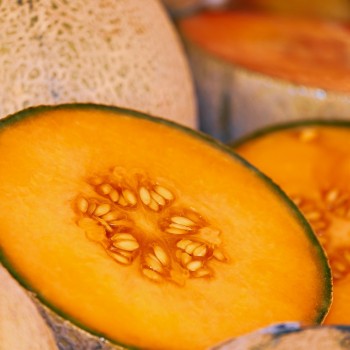
Melon Day
Date: August
Melon Day is a new public holiday in Turkmenistan, started in 1994 by Saparmurat Niyazov, Turkmenbashi. It is celebrated annually on the second Sunday of August and is centered on a unique crossbreed of the muskmelon, an essential crop for the nation.
The day’s festivities include a large fruit display and a series of dances and other music events. The nation’s best melon growers are lavished with gifts.
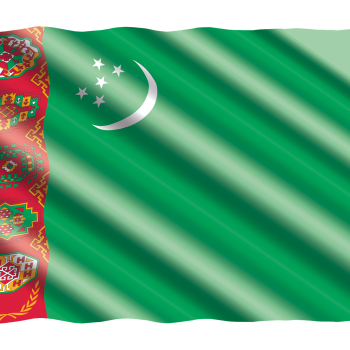
Independence Day
Date: October
Independence Day is one of Turkmenistan's most meaningful public holidays; it falls over two days, October 27 and 28. It provides an excellent opportunity to discover more about the culture of Turkmenistan as traditional folklore tales are told and classic horsemanship shows take place. Abundant hearty Turkmen food is served at communal gatherings.
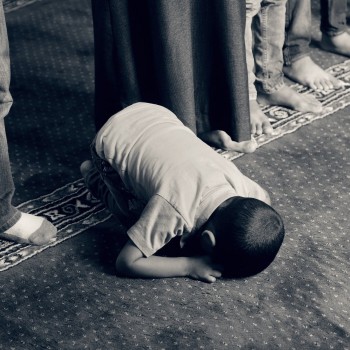
Oraza Bayram
Date: May ( date varies)
Oraza Bayram or most commonly known as Eid al-Fitr, one of the most important Muslim commemorations, is celebrated in Turkmenistan with much religious passion and general merriment. The national holiday comes on the first day of the Islamic month of Shawwal, immediately following the holy month of Ramadan and a month-long period of fasting, prayer, and devotion. Held in May or April, this day marks the transition between fasting and the time of feasting.

12th January
Date: Memorial Day (Memory Day of heroes)
Memorial Day is held to commemorate the fallen soldiers of Turkmenistan. Memorial Day is a national holiday in Turkmenistan celebrated on January 12 each year. This holiday is also known as "Memory Day of heroes of 1881 battle with the Russians at Geek Tepe". It is a day of national pride for Turkmen soldiers, who died fighting for the nation, who defended the Geok Tepe fortress against the invading Russian troops in 1881.

Kurban Bayram
Date: July or June (date varies)
Kurban Bayram, widely known as Eid al-Adha, is a historic Islamic holiday celebrated in Turkmenistan since 1994. It is a commemoration of the sacrifice of Abraham. The most significant holiday of Islam, Kurban Bayram, is a valuable expression of friendship and solidarity which aims to instill faith, morality, and respect for social foundations in people.
In Turkmenistan, every home is filled with tempting aromas as delectable festive dishes, sweets, and baked goods are prepared and shared with relatives, neighbors, and friends. People similarly aim to do good deeds, care for their loved ones and donate to charities on this public holiday.
Attractions / Top Sights
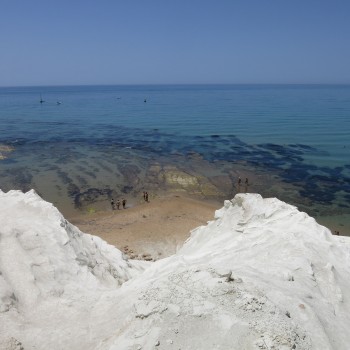
Darvaza Gas Craters
When to visit: In Spring and Autumn (best time at night)
One of Turkmenistan’s most unusual sights, the Darvaza Gas Craters, known as ‘Door to Hell’ or ‘Gates of Hell,’ is a natural gas field that collapsed into an underground cavern in Derweze, Turkmenistan resulted from Soviet-era gas exploration in the 1970s. Geologists set it on fire to prevent the spread of methane gas, and it is thought to have been burning continuously since 1971.
The crater is a famous tourist attraction. Three craters are artificial; one has been set alight and blazes with an incredible strength that’s visible from miles away, while the other two contain bubbling mud and water.
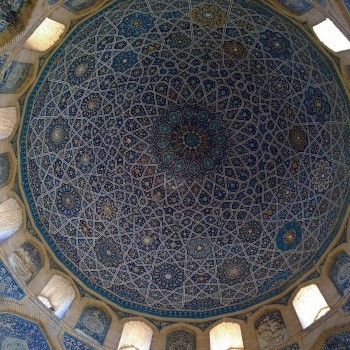
Sultan Sanjar Mausoleum
When to visit: In Spring and Autumn
The 38m-high Sultan Sanjar Mausoleum was built in Merv, Turkmenistan, in the 12th century. The building was restored with Turkish aid and rose dramatically in the open plain.
The mausoleum is a simple cube with a barrel-mounted dome on top. Inside is the stone tomb of the great Ahmad Sanjar, sultan of the Great Seljuk Empire. Originally it had a marvelous turquoise-tiled outer dome, said to be visible from a day's ride away, but that is long gone. Interior decoration is sparse, though restoration has brought back the blue-and-red frieze in the upper gallery.
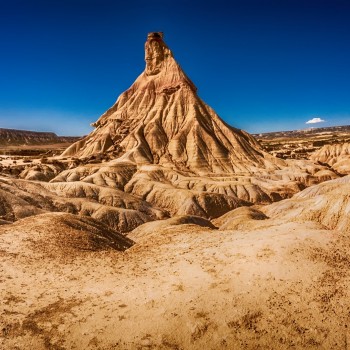
Yangykala canyon
When to visit: In Spring
Yangykala canyon is a stunning sight and one of the most spectacular natural attractions in Turkmenistan. Just as alluring as the beautiful views is its solitary isolation in the desert, with pink, red, and yellow rock bands searing across the sides of steep canyon walls.
Canyons and cliffs slash for 25km towards the Garabogazköl basin and lie approximately 165km north of Balkanabat and about 160km east of Turkmenbashi. The main attraction of Yangykala canyon is the sudden appearance of soaring cliffs in layers of white, green, pink, red, and even green in a desolate setting. The colors are sublime, and the whole area delivers a wow-effect as you first come upon it.
.jpg)
Köw Ata Underground Lake
When to visit: In Spring
Köw Ata Underground Lake is a cave with a unique long metal staircase that leads down into the Bakharden Cave, where the 235-foot-long lake is located. At the bottom awaits a superb lake of clear water naturally heated to about 36°C (96.8°F). The warm waters contain many different salts and minerals, most notably sulfur, responsible for the distinct smell within the cave. Thus, Köw Ata Underground Lake is Turkmenistan's closest to a thermal spa.

Ashgabat
When to visit: Between April, May and October
Ashgabat, the fantastic capital of Turkmenistan, is one of the country’s largest cities and home to the famous and largest mosque in Central Asia, popularly known as the Turkmenbashi Ruhy Mosque.
Several beautiful attractions one can find in and around the city, such as the Wedding Palace, Turkmen carpet museum, and many others.
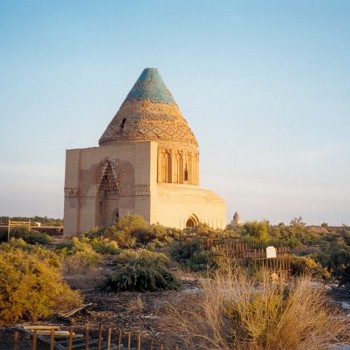
Kunya-Urgench
When to visit: March to November
When to visit: https://en.unesco.org/silkroad/silk-road-themes/world-heritage-sites/kunya-urgench
Kunya-Urgench is located on the left bank of the Daria River in the western part of Turkmenistan. It is the ancient capital city of the Khorezm Region, once part of the Achaemenid Empire. and was destroyed by a series of disasters.
The old town area comprises a series of monuments mainly from the 11th to 16th centuries. This area has remained an extensive deserted land with some remains of ancient fortified settlements, including a mosque, the gates of a caravanserai, fortresses, mausoleums, and a 60-m high minaret.

Ruhyyet Palace
When to visit: Between April, May and October
Ruhyyet Palace is a palace in the capital, Ashgabat in Turkmenistan, built by the French company Bouygues. The palace holds official state events, forums, meetings, and inaugurations. The palace can accommodate more than 2800 people in the auditorium in the Ruhyyet Palace.
Ruhyyet Palace is a well-known monument in Turkmenistan that has harmonically fitted into the provincial center's emerging architectural ensemble and the building of State Drama Theatre named after Kemine and the Murgap valley's most prominent mosque.

Nisa
When to visit: Between March and May or September to October
The ancient city used to be an ancient settlement of the Iranian people, Nisa. It was an essential Parthian Empire in the city of Ashgabat, which was destroyed by an earthquake that occurred in the first decade BC. The ruins are now inscribed in the UNESCO World Heritage Site.
Old Nisa was the place where the palace and temple buildings were concentrated. The fortress walls were strengthened with 43 rectangular towers and were 8-9 m thick in their base. When the Parthian Empire was a significant power, Old Nisa was called Mitridatkert after king Mitridate (171-138 BC), who ordered the invention of this city.



